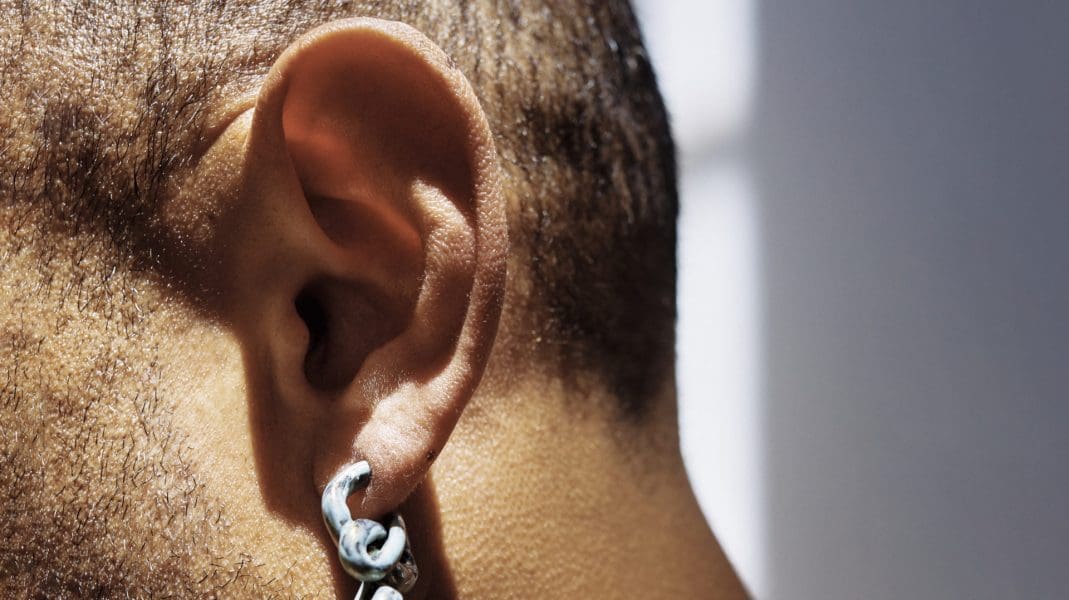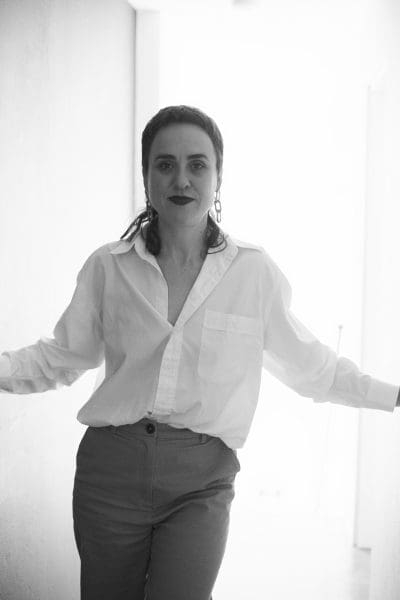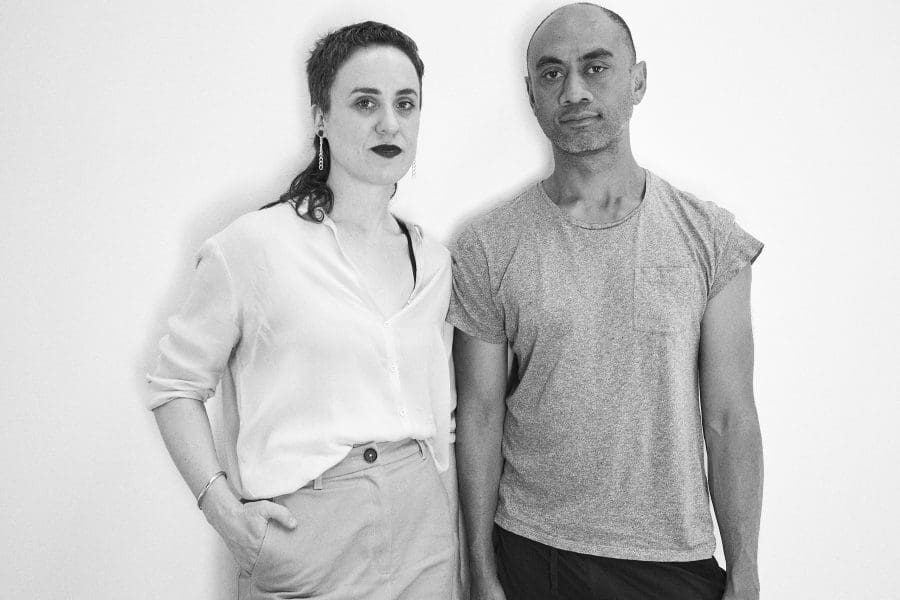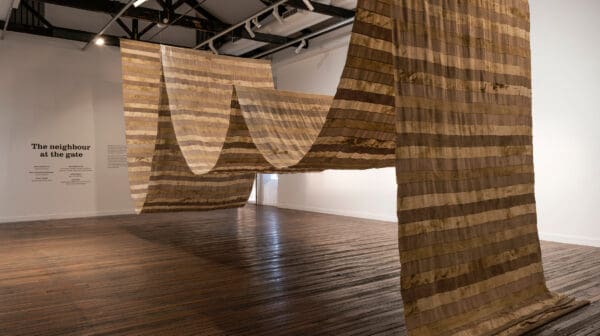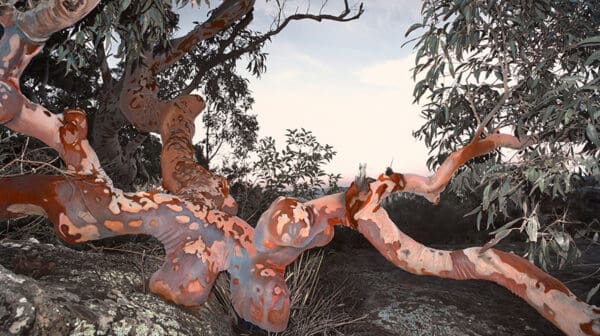In early 2019 Sydney based Frances Barrett became one of three artists who won the Katthy Cavaliere Fellowship, a singular award aimed at female identifying artists working in the fields of performance and installation. With $100,000, and a solo exhibition at the Australian Centre for Contemporary Art (ACCA) to look forward to, Barrett spent the next 12 months working on Meatus, a series of large-scale sonic installations. Initially due to open in early April 2020, Meatus is one of the many exhibitions that has been postponed due to restrictions—but now it’s going ahead from 2 April at ACCA. Back in 2020, Briony Downes spoke to Barrett about the ideas behind Meatus—it’s a great read ahead of the show’s opening.
Briony Downes: The title of your exhibition brings to mind all sorts of fleshy possibilities. Can you describe what a meatus is and why it serves as the central theme of your new work?
Frances Barrett: A meatus is an opening or passage leading into the interior of the body. Your ear canals, nasal passages and urethra are all meatus.
In the ecology of this project, I’ve deviated from the medical definition of meatus, so my thinking includes other bodily openings such as the mouth, the vagina, the anus and the stoma. My aim for Meatus was to purposefully collapse all distinctions between the mouth, the ear—all those other holes and openings of the body—and propose a notion of listening that de-centres the ear and uses the entire body.
Prior to Meatus, I had curated projects with Campbelltown Arts Centre and Liquid Architecture that focused on listening. Meatus is an immersive sound installation comprised of several commissioned sound works and is a continuation of my research into the act of listening and creating spaces for people to enter to have an attentive listening experience.
BD: It is a rare opportunity for artists to have such a long lead time to research their ideas and be fully funded at the same time. How did this contribute to the evolution of Meatus?
FB: To have over a year to complete a work was a complete luxury. It enabled me to undertake a series of residencies with the artists involved in Meatus. For example, my collaborator Brian Fuata and I completed residencies at Carriageworks, Vitalstatistix and Chunky Move to develop our sound composition. We then worked with the rest of the Meatus team at Artspace, UNSW Creative Practice Lab and Legs on the Wall to achieve the final drafts of the compositions.
Having this time for development really allowed our shared ideas to grow slowly and for the concept of Meatus to emerge. It also allowed me to be ambitious with the scale and scope of my work.
BD: Meatus includes several satellite pieces by other artists. What made you decide to commission additional work rather than present a solo exhibition?
FB: A lot of my work is centred on working with other people. I’ve been working in an art collective called Barbara Cleveland (with Diana Baker Smith, Kate Blackmore and Kelly Doley) for around 13 years, and most of my artistic and curatorial projects are achieved in collaboration with others.
When I received the fellowship and understood I would be creating an outcome for ACCA—not just one room of ACCA but all four spaces—I thought it would be a good opportunity to invite other artists to contribute.
For Meatus, I’ve collaborated with Brian Fuata and Hayley Forward to create a new sound composition, and also curated and commissioned Del Lumanta, Sione Teumohenga and Nina Buchanan to develop new sound works. All four galleries of ACCA will have individual sound compositions and we’ll also have a live performance program running alongside the exhibition component.
BD: The public launch of Meatus was scheduled to take place at ACCA in April. Considering how long you have been working on the project, it must have been a devastating blow to have everything stalled at the last minute.
FB: I wouldn’t say it was devastating, but there was a period of uncertainty that was quite difficult. At the same time, it has also been quite extraordinary in the way people have come together and been supportive. My PhD supervisors sent me flowers on what would have been my opening day.
I feel that despite the lack of a show, there’s still so much support and so much connection between myself, my peers and all the people involved in the production of Meatus. I don’t feel too disappointed. Because Covid-19 is such an exceptional circumstance, both ACCA and I understood the necessity of what needed to happen. I feel like we’re all just rolling with it, there’s nothing you can do in opposition, you can’t defy what is necessary in these times.
BD: At this point in time, what is the future of Meatus?
FB: For now, Meatus is dormant until we know what steps we can take to realise it.
When it does go ahead, Meatus will be presented as originally imagined—as an immersive installation and live performance program. ACCA is working towards a 2022 opening but we are just taking it day by day as to what is possible and what might be necessary.
My hope is that when Meatus is able to open, it becomes a site for people to reconnect.
BD: As one of the richest art awards in Australia, what has The Katthy Cavaliere Fellowship allowed you to achieve that may not have been otherwise possible?
FB: Meatus has pushed my thinking around performance into a new sonic realm. Without the resources and artistic team who have built this work with me, I wouldn’t have been able to achieve this new chapter of my practice.
To be able to imagine a project across an organisation like ACCA is a once in a lifetime opportunity. I am very humbled.
Meatus
Frances Barrett
Australian Centre for Contemporary Art
2 April—19 June





